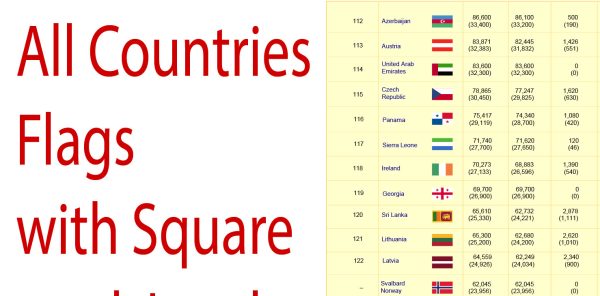Flags have a rich history and have been used by various cultures and nations throughout time. Here is a brief description of the history of flags:
- Ancient Flags: The use of flags as symbols dates back to ancient times. In Egypt, for example, military units used banners with distinctive symbols and colors. The Roman legions also used flags as a form of identification.
- Medieval Flags: In the Middle Ages, flags became more prevalent in Europe as heraldic symbols were displayed on shields, banners, and pennants. These symbols represented the identities of noble families, knights, and feudal lords. The heraldic tradition played a significant role in the development of flags.
- Maritime Flags: Flags have been crucial in maritime history. Sailors used flags to communicate with other ships, convey their allegiance to a particular country, and signal distress. The Jolly Roger flag was famously used by pirates.
- National Flags: The concept of national flags began to take shape during the early modern period. The Dutch Republic is often credited with having one of the first recognizable national flags, the “Prince’s Flag” (the flag of the Dutch Republic). The Union Jack of the United Kingdom, which combines the flags of England, Scotland, and Northern Ireland, is another early example.
- American Revolution: The American Revolution in the late 18th century played a crucial role in the development of national flags. The American flag, known as the Stars and Stripes, was adopted in 1777 and has become one of the most recognizable national flags in the world.
- International Flags: Flags are used in various international contexts. The most recognizable example is the United Nations flag, which represents the organization’s global presence and mission.
- Flag Evolution: Flags have often evolved over time as nations change and borders are redrawn. For example, the flag of the United States has undergone numerous design changes as new states were added to the Union.
- Symbolism: Flags are rich in symbolism, with colors, patterns, and symbols carrying cultural, historical, and political significance. These symbols often represent a country’s history, values, and aspirations.
- Protocol and Etiquette: Flags are also associated with rules of protocol and etiquette. Different nations have guidelines for the respectful handling and display of their flags. For example, many countries have rules about raising and lowering flags, as well as the treatment of worn or damaged flags.
- Flags in Modern Times: Today, flags continue to be important symbols of national identity and pride. They are flown at government buildings, embassies, sporting events, and other public places. Flags are also used in demonstrations and protests as symbols of resistance and unity.
In summary, flags have a long and varied history, evolving from simple symbols of identification to powerful representations of national and cultural identity. They serve as potent symbols of patriotism, heritage, and unity, and their history is intertwined with the history of nations and their peoples.


 Author: Kirill Shrayber, Ph.D.
Author: Kirill Shrayber, Ph.D.